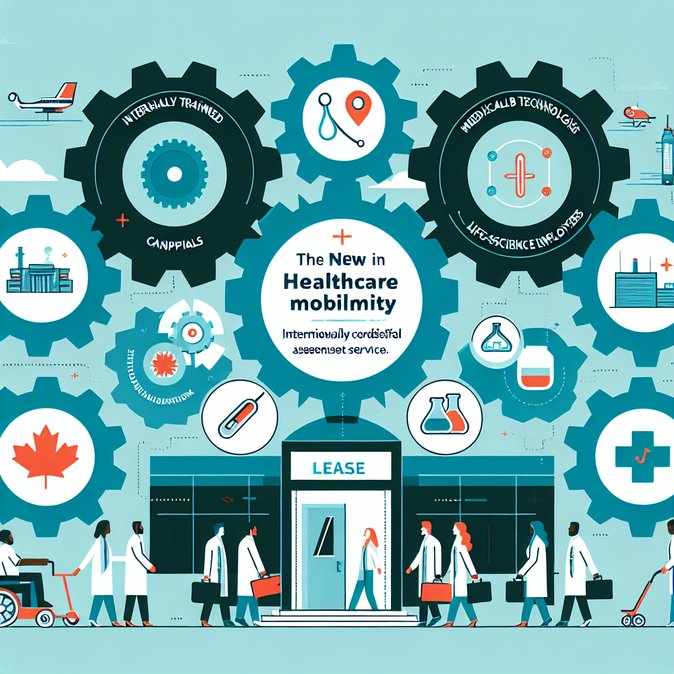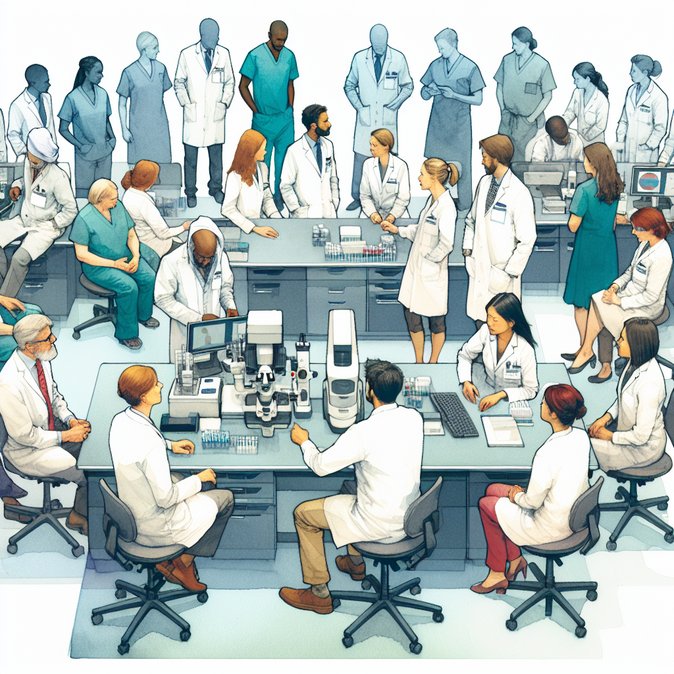
Canada’s chronic shortage of medical laboratory technologists (MLTs) took a step toward relief this week as the Canadian Alliance of Medical Laboratory Professionals Regulators (CAMLPR) rolled out a national qualification-assessment service that went live on November 1, 2025.
Until now, internationally educated MLTs faced a patchwork of provincial assessment regimes, often waiting 18 months or more for equivalency decisions. Under the new system, candidates apply through CAMLPR for a single Prior Learning Assessment that is recognised by all provincial regulators. Successful applicants may then sit a streamlined entry-to-practice exam offered three times a year, replacing multiple provincial tests.
![New credential-recognition pathway for internationally educated medical-lab technologists launches]()
Why it matters – Laboratory backlogs became acute during the pandemic and remain a pain-point for hospitals and life-sciences firms. Health Canada projects a shortfall of 5 400 technologists by 2028 if intake does not improve. Faster, nationally portable credential recognition is therefore critical for employers eager to recruit abroad.
Practical implications – • Employers can now issue conditional job offers earlier, speeding up Labour-Market Impact Assessment applications. • Foreign candidates save roughly CAD 2 000 in duplicated assessment fees and shave months off their licensing timeline. • Provincial immigration streams that target regulated health professions are expected to list the new CAMLPR assessment as an accepted credential, widening nomination pools.
Next steps – CAMLPR will publish service-standard metrics in Q1 2026. Immigration lawyers advise applicants to begin the process before arriving in Canada so that work-permit validity aligns with licensing timelines. Hospitals planning 2026 recruitment drives should update onboarding checklists to reflect the new national assessment pathway.
Until now, internationally educated MLTs faced a patchwork of provincial assessment regimes, often waiting 18 months or more for equivalency decisions. Under the new system, candidates apply through CAMLPR for a single Prior Learning Assessment that is recognised by all provincial regulators. Successful applicants may then sit a streamlined entry-to-practice exam offered three times a year, replacing multiple provincial tests.

Why it matters – Laboratory backlogs became acute during the pandemic and remain a pain-point for hospitals and life-sciences firms. Health Canada projects a shortfall of 5 400 technologists by 2028 if intake does not improve. Faster, nationally portable credential recognition is therefore critical for employers eager to recruit abroad.
Practical implications – • Employers can now issue conditional job offers earlier, speeding up Labour-Market Impact Assessment applications. • Foreign candidates save roughly CAD 2 000 in duplicated assessment fees and shave months off their licensing timeline. • Provincial immigration streams that target regulated health professions are expected to list the new CAMLPR assessment as an accepted credential, widening nomination pools.
Next steps – CAMLPR will publish service-standard metrics in Q1 2026. Immigration lawyers advise applicants to begin the process before arriving in Canada so that work-permit validity aligns with licensing timelines. Hospitals planning 2026 recruitment drives should update onboarding checklists to reflect the new national assessment pathway.






